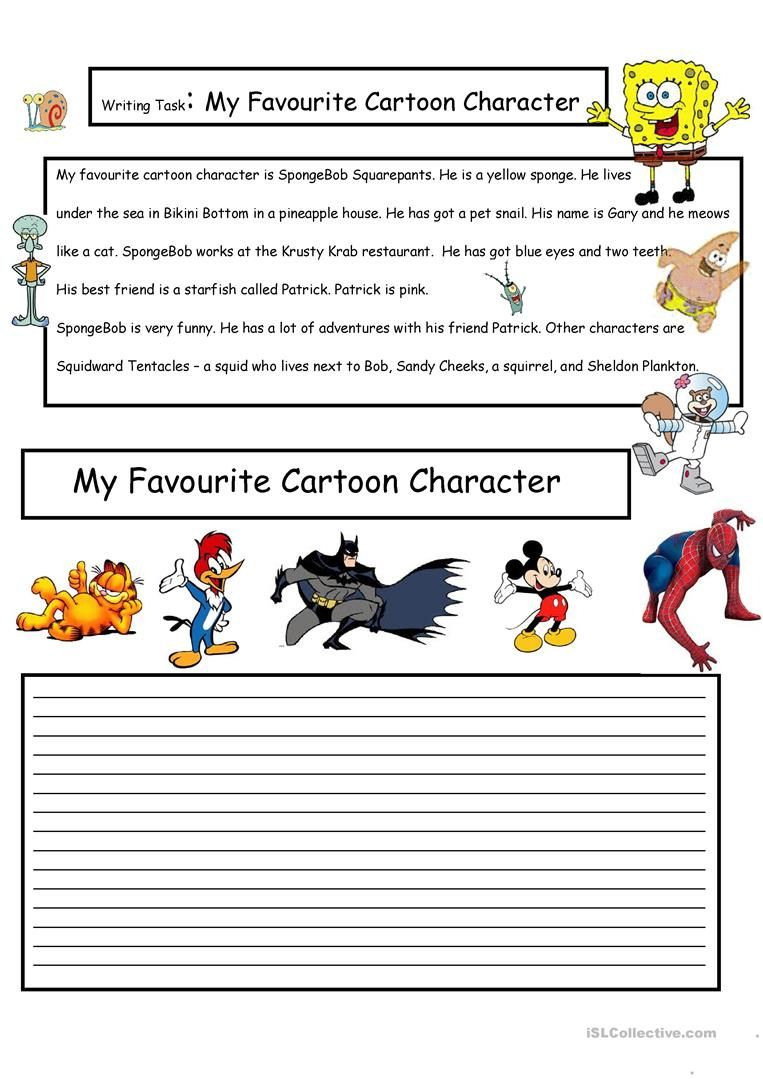

Excel can manage this but it’s much more complicated.Ĭharts and graphs are easy to create and customize, although, like Google Sheets, there are fewer types, and overall, they are less powerful than Excel. The ability to link external data, like a CSV file or RSS feed, is a handy feature for businesses.

However, the app does sport a basic formula builder with function descriptions, which Google Sheets lacks. The layout is similar to Google Sheets and quite spartan, so you’ll have to dig through menus to find more advanced features. In this regard, it’s similar to Google Sheets, but it’s also an incredibly powerful spreadsheet app, with more than 350 different functions, giving even Excel a run for its money. Zoho Sheet is completely web-based, so collaboration is smooth and intuitive, with real-time co-authoring, chat, individual cell versions, and sharing permissions. Advanced functions hidden in menus -Few chart types That being said, the spartan interface is clean and pleasing to the eye. There aren’t quite as many chart types available as Excel, and the charts can’t be edited outside Sheets like they can be in Microsoft Word, making visualizations less flexible. The Filter view is also easy to use, and the ability to share custom Filter views is quite practical. Formula tooltips provide definitions and arguments, for example, which is a step up from Excel. It’s clear that the Google team has put a great deal of thought into ease of use. It may not have as many advanced features as Excel, such as what-if scenarios, but for most businesses that want to organize data and perform basic operations, Sheets will get the job done. Google Sheets is quite powerful when it comes to crunching numbers. With no software to download and everything stored in the cloud, the collaborative experience is remarkably smooth. While recent updates to Excel have improved collaboration tools, Google Sheets is still the champion, with chat, comments, real-time co-editing, and simple sharing.


 0 kommentar(er)
0 kommentar(er)
